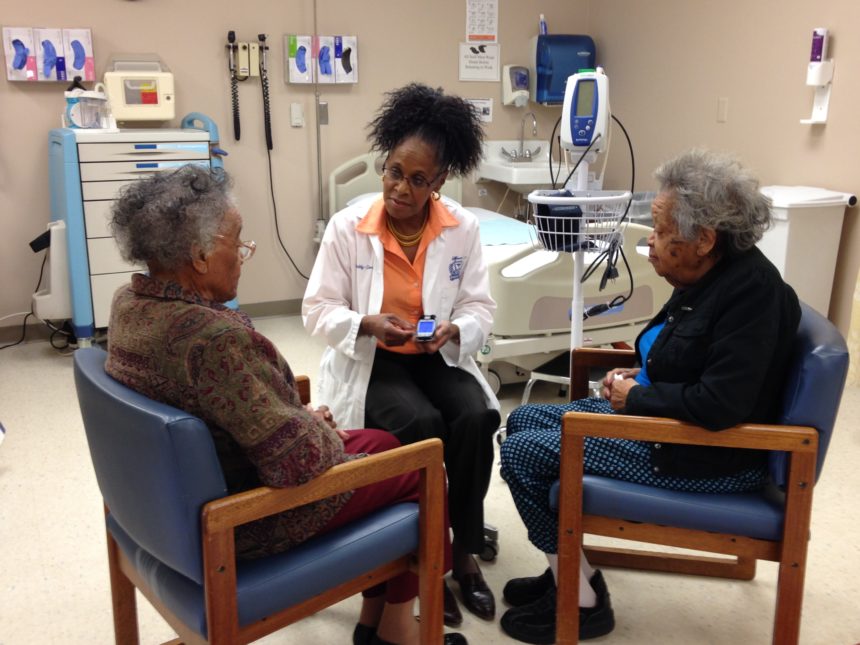
The devil is still in the details, but Programs of All-Inclusive Care for the Elderly (PACE) are optimistic they could be big winners in President Joseph Biden’s American Jobs Plan, which would funnel $400 billion into the care economy. The plan specifically mentioned providing more funding for home- and community-based services (HCBS).

“The president’s proposal … is very encouraging and part of a growing trend among lawmakers to expand HCBS options, such as PACE, that allow individuals to be cared for at home in their communities,” Shawn Bloom, National PACE Association CEO, told McKnight’s Home Care Daily.
PACE is a Medicare and Medicaid-funded program that keeps people over age 55 — who need skilled nursing care — in their homes. The program provides medical care, therapy, meals and socialization.
Normally, those services are provided primarily at PACE service centers, but since the pandemic, everything from medical care to social programming has been delivered to clients in their homes. That helped PACE keep COVID-infection rates to a third of what they were in skilled nursing facilities.
Bloom said telemedicine proved to be so popular with both clients and staff, it will continue beyond the pandemic for some patients.
“We realize now that we can achieve a lot of those objectives in homes to the extent that (patients) may not want to come four days a week, maybe it’s only one day a week. We’ve been able to alternately meet their needs in a different way,” Bloom said.
PACE organizations are financially responsible for their clients’ care — covering the cost of emergency room visits, hospital stays and nursing home placement. So finding new ways of reducing costs by keeping patients safe could make PACE attractive in the HCBS space.
PACE is currently in 30 states, serving about 55,000 people. But an estimated 2 million people nationwide could benefit from the program.
In most states the program competes with other programs for Medicaid funding, so enrollment is often capped. Michigan, for example, has put a moratorium on PACE expansion due to a lack of Medicaid funding from the pandemic.
PACE Southeast Michigan serves 1,250 people at six centers. CEO Mary Naber told McKnight’s Home Care Daily her organization could do a much more with additional Medicaid funds.
“It would provide an opportunity to serve more seniors. COVID was a huge challenge for everyone. How we delivered care had to change, so this could help support some of those expenses,” Naber said.
Bloom said PACE will begin operating in Kentucky soon and is hoping to expand into Minnesota and Illinois.




